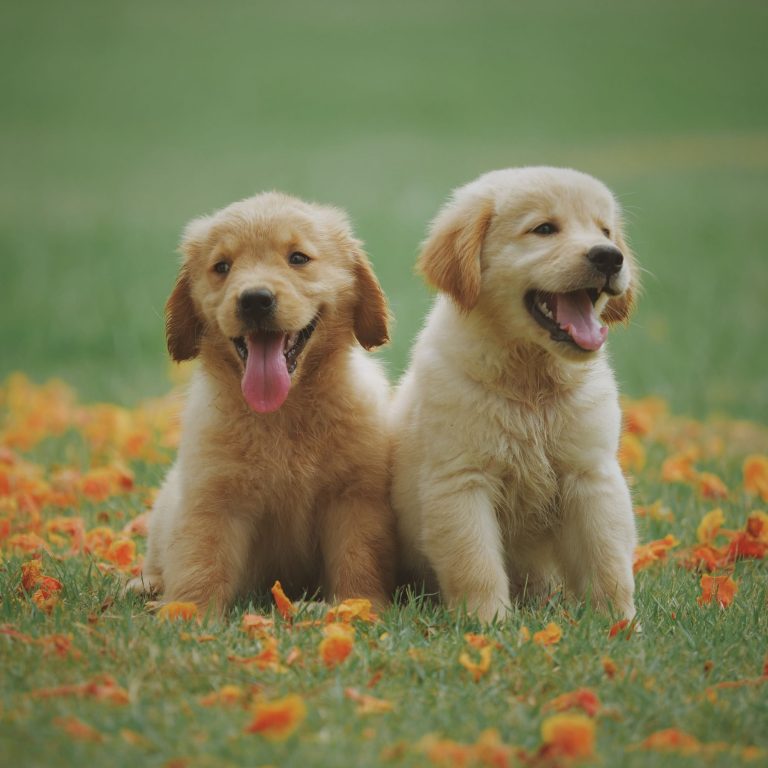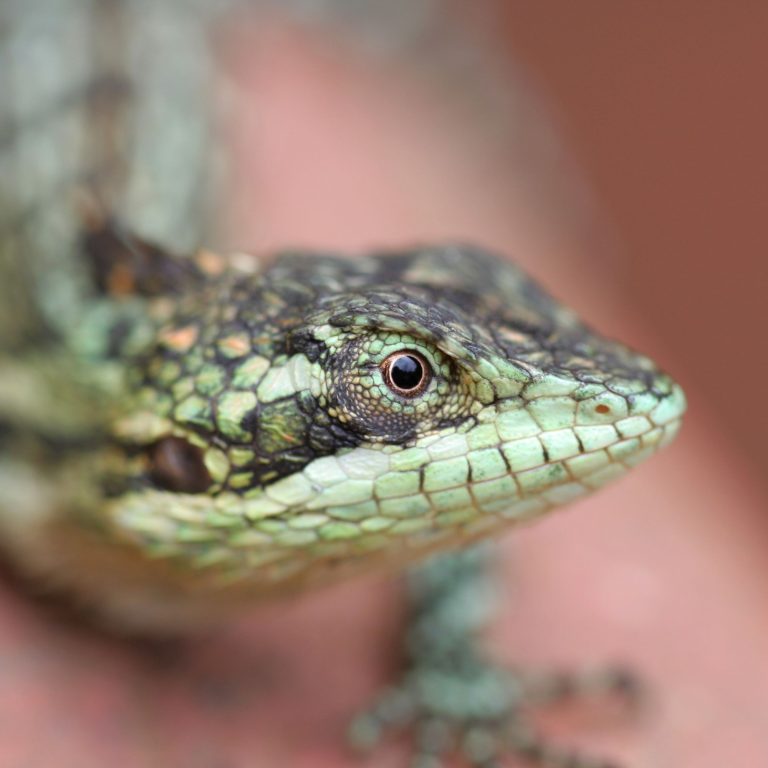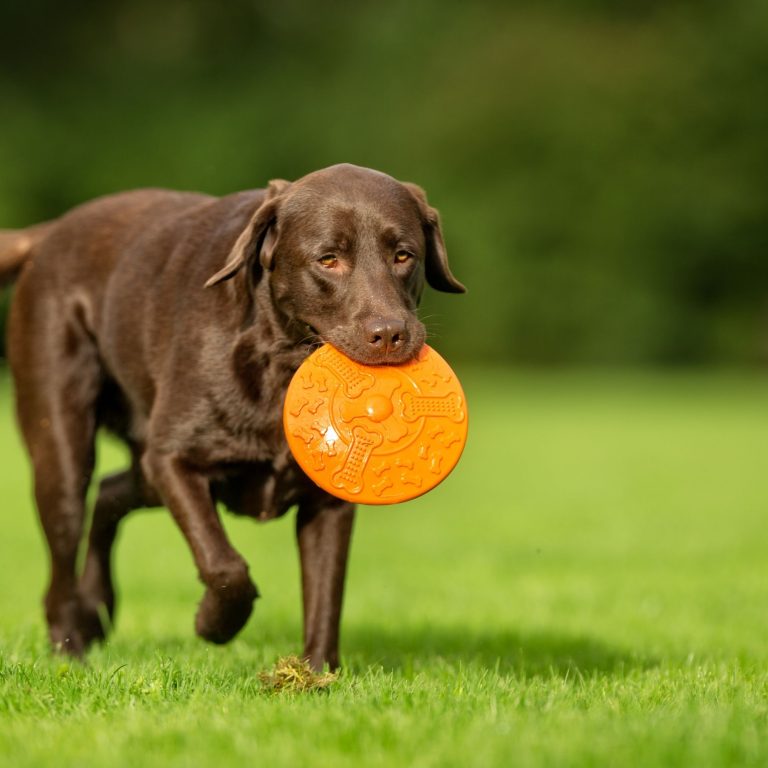Calling all Bird Lovers: Enhance Your Yard with a Bird Feeder for Diverse Species
Welcoming Feathered Friends to Your Yard
If you’re a bird lover, creating a welcoming environment for birds in your yard is a rewarding experience. Not only does it provide you with the opportunity to observe these beautiful creatures up close, but it also offers numerous benefits for both you and the birds themselves. One way to attract a diverse range of bird species to your yard is by using a bird feeder.
Why Attracting Birds to Your Yard is Beneficial
Attracting birds to your yard has several advantages that go beyond the sheer enjoyment of watching them. Here are a few reasons why welcoming birds to your yard can be beneficial:
-
Natural pest control: Many bird species feed on insects and small pests, helping to naturally control their populations and reduce the need for chemical pesticides in your garden.
-
Pollination: Birds are important pollinators for various plants. By attracting them to your yard, you can support the pollination process and contribute to the overall health of your garden.
-
Biodiversity: A yard that attracts a diverse range of bird species contributes to the overall biodiversity of the area, creating a thriving ecosystem where different species can coexist.
-
Educational opportunity: Observing birds in their natural habitat provides a valuable learning experience for both adults and children, fostering an appreciation for nature and wildlife.
The Role of Bird Feeders in Attracting Diverse Species
Bird feeders play a crucial role in attracting a diverse array of bird species to your yard. By providing a consistent and easily accessible food source, bird feeders offer birds a reliable reason to visit and stay in your yard. They supplement the natural food sources available in the area, especially during seasons when food may be scarce.
When selecting a bird feeder to attract multiple species, consider the design, placement, and food offerings. A multi-species bird feeder designed to accommodate various bird sizes and feeding habits can help cater to a wider range of species. Different types of bird feeders are more attractive to certain bird species, so having a variety of feeder styles can increase the likelihood of attracting diverse birds.
To learn more about the specific types of bird feeders suitable for attracting multiple species, continue reading the next section on bird feeder types for diverse bird species. By creating an enticing habitat with the right bird feeders, you can transform your yard into a haven for a variety of feathered friends.
Choosing the Right Bird Feeder
To attract a diverse range of bird species to your yard, selecting the right bird feeder is essential. Consider the following factors when choosing a bird feeder that will cater to multiple species.
Considerations for Bird Feeder Selection
-
Feeder Design: Opt for a feeder that accommodates a variety of bird sizes and feeding styles. Open feeders, such as platform feeders, are suitable for larger birds like cardinals and jays, while tube feeders with perches can attract smaller birds like finches and chickadees. Hopper feeders are versatile and can cater to a wide range of bird species.
-
Feeder Capacity: Choose a feeder with an appropriate capacity to minimize frequent refilling. Consider the number of birds you anticipate attracting to determine the feeder size. A larger capacity feeder may be necessary if you expect high bird activity in your yard.
-
Feeder Material: Opt for durable and weather-resistant materials like metal or high-quality plastic. These materials ensure longevity and withstand various weather conditions.
-
Easy Maintenance: Look for feeders that are easy to clean and refill. Removable parts or hinged openings simplify the cleaning process and help maintain good hygiene.
Features to Look for in a Bird Feeder
-
Seed Tray or Catcher: A feeder with a seed tray or catcher helps minimize seed waste and keeps the area around the feeder clean. It also allows ground-feeding birds to enjoy the spilled seeds.
-
Squirrel-Proofing Mechanism: Consider feeders with squirrel-proof features, such as baffles or weight-activated mechanisms. These features help deter squirrels from accessing the bird food, ensuring that it is reserved for the feathered visitors.
-
Rain and Snow Protection: Look for feeders with covers or built-in protection to shield the bird food from rain and snow. This helps to keep the food dry and fresh, even during inclement weather.
-
Multiple Feeding Ports: Feeders with multiple feeding ports allow several birds to feed simultaneously, reducing competition and encouraging a diverse range of species to visit.
Remember, when selecting a bird feeder, it’s important to complement it with the appropriate bird food. Different bird species have varying preferences, so offering a variety of seeds, suet, and nectar can attract a broader spectrum of birds. For more information on selecting bird food to attract a variety of birds, refer to our article on bird feeder attracting various bird species.
By carefully considering the design, capacity, material, and maintenance of the bird feeder, you can create an inviting environment that attracts a multitude of bird species to your yard. Enjoy the beauty and diversity of nature as you watch various birds gather and feast at your multi-species bird feeder.
Bird Feeder Types for Diverse Bird Species
To attract a variety of bird species to your yard, it’s essential to choose the right bird feeder. Different bird feeder designs cater to the feeding preferences of various bird species. In this section, we will explore four common bird feeder types that can help attract diverse bird species: platform feeders, hopper feeders, tube feeders, and suet feeders.
Platform Feeders
Platform feeders, also known as tray feeders, provide a flat surface for birds to perch on while enjoying their meal. These feeders are versatile and can accommodate a wide range of bird species, including larger birds that may not visit other types of feeders. Platform feeders are typically placed on the ground or hung at a low height to attract ground-feeding birds.
The open design of platform feeders allows for easy access to bird food and provides a clear view of the surroundings, making it an ideal choice for birdwatching. However, it’s important to note that platform feeders may also attract unwanted guests such as squirrels and raccoons. To deter these animals from accessing bird food, consider using squirrel-proofing techniques or opting for squirrel-resistant feeders.
Hopper Feeders
Hopper feeders, shaped like small houses with a seed chamber and perches, are another popular choice for attracting diverse bird species. These feeders can hold a larger quantity of bird food, reducing the frequency of refilling. The seed chamber is typically covered to protect the food from moisture and keep it fresh.
Hopper feeders are favored by many songbirds and can attract a wide variety of species, including finches, cardinals, and chickadees. The perches on the feeder provide a comfortable spot for birds to rest while feeding. Some hopper feeders also come with adjustable ports to control the size of birds that can access the food, allowing you to attract specific bird species.
Tube Feeders
Tube feeders consist of a cylindrical tube with multiple feeding ports and perches. These feeders are designed to hold smaller seeds like nyjer, millet, and sunflower seeds. Tube feeders are particularly popular among finches, including goldfinches and house finches, as well as other small songbirds.
The narrow openings of tube feeders prevent larger birds from accessing the food, making them a great option if you want to attract smaller bird species. Some tube feeders feature metal mesh or wire cages around the tube to offer protection against squirrels and larger birds. This helps ensure that the food is reserved for the intended avian visitors.
Suet Feeders
Suet feeders are specifically designed to hold suet cakes, a high-energy food made from animal fat and mixed with seeds, fruits, or insects. These feeders are favored by woodpeckers, nuthatches, and other insect-eating birds. Suet feeders typically have wire mesh or cages that hold the suet cake while allowing birds to cling to the feeder and peck at the food.
To attract a variety of bird species, consider offering different types of suet cakes, such as those containing fruits or insects. This will appeal to a broader range of birds that have varied dietary preferences.
By incorporating a combination of platform feeders, hopper feeders, tube feeders, and suet feeders in your yard, you can create a diverse feeding station that caters to the needs of various bird species. Experiment with different feeder types, food options, and feeder placement to attract a wide array of feathered friends. For more information on attracting different bird species, check out our article on bird feeder attracting various bird species.
Selecting Bird Food to Attract a Variety of Birds
To attract a diverse range of bird species to your yard, it’s important to choose the right bird food. Different birds have varying preferences when it comes to their diet. By providing a variety of bird food types, you can cater to the needs of various bird species and enhance the diversity of your feathered visitors.
Common Bird Food Types
When selecting bird food, it’s helpful to have a good understanding of the commonly preferred food types among birds. Here are some popular options:
-
Black Oil Sunflower Seeds: These seeds are highly versatile and attract a wide range of bird species. They have a high oil content and provide a good source of energy. Birds such as cardinals, finches, and chickadees particularly enjoy them.
-
Nyjer (Thistle) Seeds: These small, black seeds are a favorite among finches, siskins, and other small songbirds. They are rich in oils and provide essential nutrients for birds.
-
Safflower Seeds: Safflower seeds have a bitter taste that deters squirrels and some unwanted bird species. However, birds like cardinals, chickadees, and titmice find them appealing.
-
Peanuts: Whole peanuts or peanut kernels are loved by jays, woodpeckers, and nuthatches. They are a fantastic source of protein and healthy fats.
-
Mealworms: Mealworms are the larvae of darkling beetles and are a great source of protein. They are particularly enjoyed by bluebirds, wrens, and robins.
-
Fruit: Fruits like apples, oranges, and berries can attract birds such as orioles, tanagers, and mockingbirds. Cut the fruits into small pieces or use a fruit feeder to offer them.
Remember, it’s essential to provide fresh and high-quality bird food to ensure the health and well-being of the birds visiting your feeder. Avoid using any food that has gone bad or is moldy, as it can be harmful to the birds.
Understanding the Preferences of Different Bird Species
In addition to the common bird food types, it’s crucial to consider the specific dietary preferences of different bird species. Some birds have specialized diets, and catering to their specific needs can enhance the diversity of bird species in your yard.
For example:
-
Hummingbirds are attracted to nectar, so offering a hummingbird feeder filled with a homemade or store-bought nectar solution can entice these beautiful birds to visit.
-
Woodpeckers are known for their love of insects. Consider offering suet cakes or woodpecker-specific feeders that contain a mix of suet and insects.
-
Orioles have a particular fondness for sweet foods. Offering a feeder filled with nectar or orange halves can help attract these vibrant birds.
By understanding the preferences of different bird species and providing the appropriate food, you can create a bird-friendly environment that appeals to a wide variety of birds. For more tips on attracting diverse bird species to your yard, check out our article on multi-species bird feeder.
Remember to clean your bird feeders regularly to maintain hygiene and prevent the spread of diseases. Offering fresh water sources alongside the bird feeders will further enhance the accessibility of your yard for birds. With the right selection of bird food and a welcoming environment, you can enjoy the beauty and diversity of various bird species right in your own backyard.
Creating a Bird-Friendly Environment
To attract a diverse range of bird species to your yard, it’s important to create a bird-friendly environment. This involves considering the placement and location of your bird feeders, providing water sources, and offering shelter and nesting spots.
Placement and Location of Bird Feeders
The placement and location of your bird feeders play a crucial role in attracting a variety of bird species. Here are some tips to keep in mind:
-
Strategic Placement: Position your bird feeders in a quiet and safe area, away from potential threats such as predators. Placing them near trees, shrubs, or other vegetation can provide cover and make birds feel more secure while feeding.
-
Multiple Feeders: If possible, set up multiple feeders with different types of bird food in various locations throughout your yard. This will attract different bird species that prefer different feeding environments and food sources.
-
Keep it Clean: Regularly clean your bird feeders to prevent the spread of diseases. Dirty feeders can discourage birds from visiting your yard.
-
Visibility: Ensure that your bird feeders are easily visible to birds passing by. Placing them near windows or in open areas can help birds spot the feeders and feel encouraged to visit.
For more information on attracting a variety of bird species with the right bird feeder, check out our article on bird feeder attracting multiple types of birds.
Providing Water Sources
Birds need a reliable source of water for drinking and bathing. By providing water sources in your yard, you can attract even more bird species. Consider the following options:
-
Bird Baths: Install a bird bath or shallow basin with clean, fresh water. Ensure that the water is changed regularly to prevent the buildup of bacteria or mosquitoes.
-
Misters or Drippers: Birds are attracted to the sound and movement of water. Install misters or drippers near your bird feeders to create a dripping or misting effect that mimics rainfall. This can be especially appealing to birds during hot and dry weather.
-
Ponds or Water Features: If you have the space and resources, consider creating a small pond or water feature in your yard. These can provide a natural and attractive water source for a wide variety of bird species.
For more information on creating a bird-friendly water source, visit our article on bird feeder attracting various bird species.
Offering Shelter and Nesting Spots
Birds not only need food and water but also require shelter and nesting spots to feel at home in your yard. Here are some ways to provide shelter for birds:
-
Trees and Shrubs: Plant native trees and shrubs that offer dense foliage. These can serve as natural shelters and provide nesting sites for birds.
-
Birdhouses and Nesting Boxes: Install birdhouses or nesting boxes in your yard. Different bird species have different preferences when it comes to nesting, so research which types of boxes are suitable for the birds in your area.
-
Brush Piles: Create brush piles using fallen branches or twigs. These piles provide hiding places and shelter for birds, especially during harsh weather conditions.
By incorporating these elements into your yard, you can create a welcoming and bird-friendly environment that will attract a diverse range of bird species. Remember, each species has its own preferences, so the more variety you offer, the greater the chances of attracting a wider array of feathered visitors.







